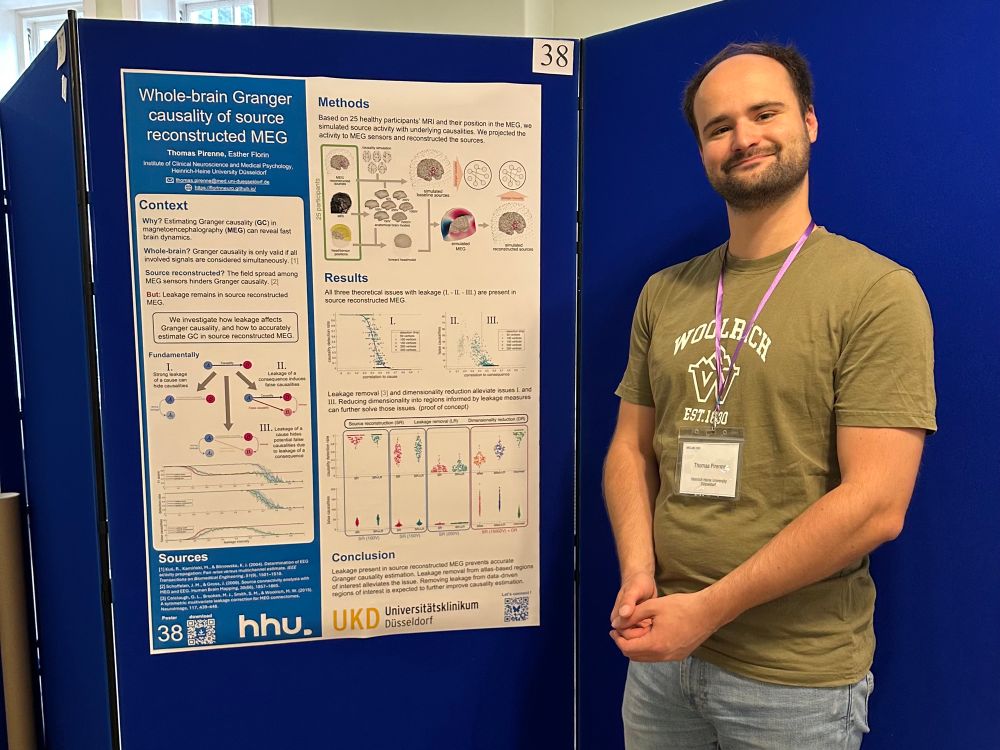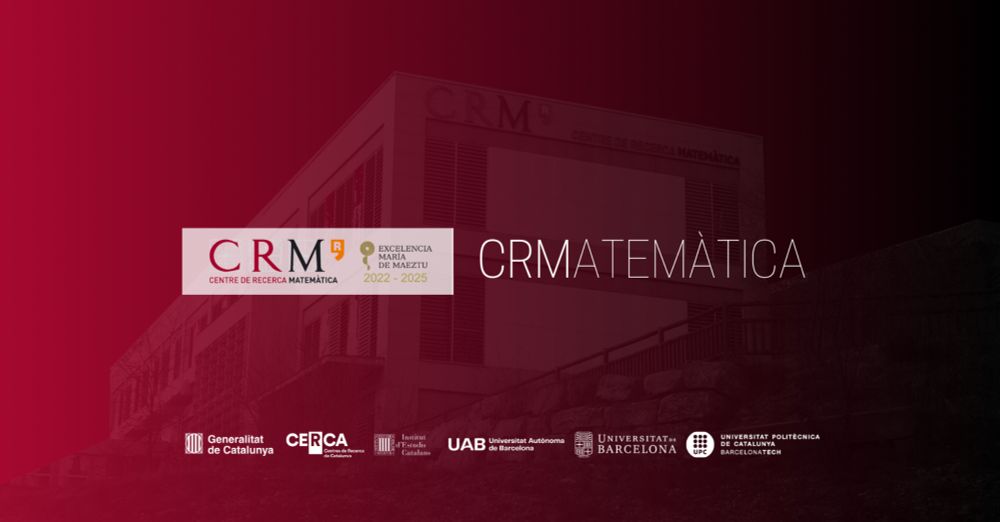@jhirschmann.bsky.social
90 followers
150 following
8 posts
Neuroscientist @Heinrich Heine University Düsseldorf | electrophysiology | movement disorders | deep brain stimulation | MEG | neural oscillations | machine learning
Posts
Media
Videos
Starter Packs
Reposted
Reward-induced endogenous pain inhibition scales with action-outcome certainty in humans https://www.biorxiv.org/content/10.1101/2025.10.31.685818v1
Reposted
Reposted
Reposted
Reposted
Just arrived at @meguki2025.bsky.social excited to present results on head movement reduction in people with Parkinson‘s using individual head casts. Additionally we can replicate prior findings on laminar source reconstruction! If you want to find out more, do not hesitate to find me at poster 45!
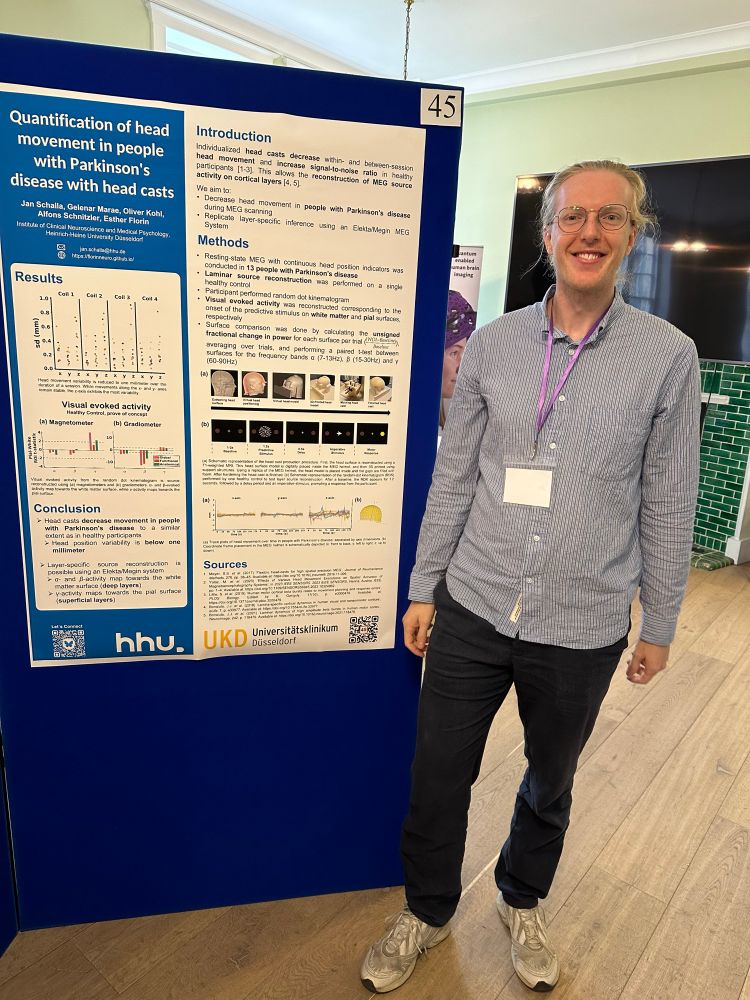
Reposted
Simon Little
@littleneuro.bsky.social
· Jun 27
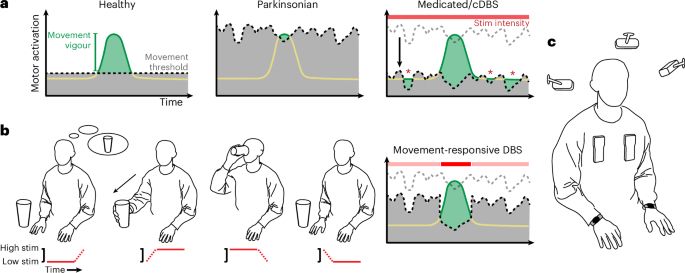
Movement-responsive deep brain stimulation for Parkinson’s disease using a remotely optimized neural decoder - Nature Biomedical Engineering
An adaptive deep brain stimulation algorithm delivers targeted stimulation increases during movement using brain motor signals.
www.nature.com
Reposted
Andreas Horn
@andreashorn.org
· Jun 24
🧠 ⚡️ Preprint alert ⚡️ 🧠
I️n the most comprehensive review of DBS in epilepsy, with 124 studies, 1,210 patients, and 20 anatomical targets we map where stimulation works best and why.
Deep Brain Stimulation for Epilepsy: Optimal Targeting and Clinical Outcomes
www.researchgate.net/publication/...
I️n the most comprehensive review of DBS in epilepsy, with 124 studies, 1,210 patients, and 20 anatomical targets we map where stimulation works best and why.
Deep Brain Stimulation for Epilepsy: Optimal Targeting and Clinical Outcomes
www.researchgate.net/publication/...

Reposted
Jan R. Wessel
@janw.bsky.social
· Jun 9
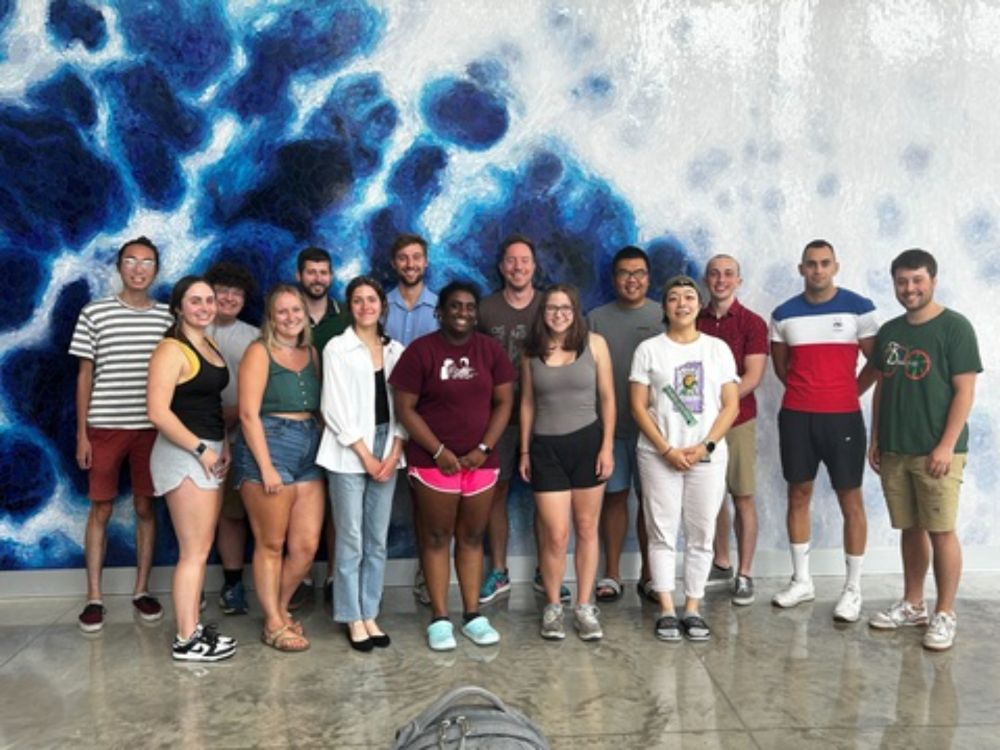
Wessel Cognitive Neurology Lab | The University of Iowa
Thanks for visiting the Cognitive Neurology Lab at the University of Iowa. The lab is directed by Dr. Jan R. Wessel. We are affiliated with the Department of Psychological and Brain Sciences, the Depa...
wessel.lab.uiowa.edu
Reposted
Nils Kroemer
@nbkroemer.bsky.social
· Jun 10
We are hiring ⚡🧠! Our postdoc @akuehnel.bsky.social was awarded a grant to investigate if pulsed tVNS alters approach and avoidance behavior (in collaboration with @bachlab.bsky.social). The official ad is in German (B2 level is required to run sessions) #neurojobs
karriereamukb.de/jobs/doktora...
karriereamukb.de/jobs/doktora...
Doktorand*in/PhD Student*in (m/w/d) Klinik und Poliklinik für Psychiatrie und Psychotherapie/Forschung und Lehre/Sektion für Medizinische Psychologie - Karriereamukb | Jobs & Karriere an der Uniklinik...
In der Klinik und Poliklinik für Psychiatrie und Psychotherapie/Forschung und Lehre/Sektion für Medizinische Psychologie des Universitätsklinikums Bonn ist zum 01. August 2025 folgende Stelle in Teilz...
karriereamukb.de
Reposted
Markus Butz
@markusbutz.bsky.social
· Jun 6

Context-dependent modulations of subthalamo-cortical synchronization during rapid reversals of movement direction in Parkinson’s disease
Beta synchrony between motor cortex and the subthalamic nucleus is intensified when instructional cues within a continuous motor sequence become less predictable, calling for more cautious behavior.
doi.org
Reposted
Reposted
Scott Cairney
@sacairney.bsky.social
· May 13
Reposted
Reposted
Reposted
Reposted
Sarang Dalal
@sarangnemo.bsky.social
· Apr 2
✍️OPPORTUNITIES for science journalists at AIAS @au.dk. AIAS is a host institution in the @erc.europa.eu funded @frontiersmedia.bsky.social fellowship program. JOIN an international and interdisciplinary environment with frontier research & engaging events.
📆APPLY by 6 May
aias.au.dk/events/show/...
📆APPLY by 6 May
aias.au.dk/events/show/...

ERC FRONTIERS Science journalist residency stay at AIAS
Are you a science journalist who wishes to work closely with a frontier research environment with researchers from diverse disciplines? AIAS is a host institution of the ERC funded Science journalism ...
aias.au.dk
Reposted
Reposted
Markus Butz
@markusbutz.bsky.social
· Mar 10

Detection of Deep Brain Stimulation Lead Position and Orientation in Patients Using Magnetoencephalography
Deep brain stimulation (DBS) programming in patients with directional DBS requires precise lead position and orientation knowledge. Current computed t…
www.sciencedirect.com
Reposted



